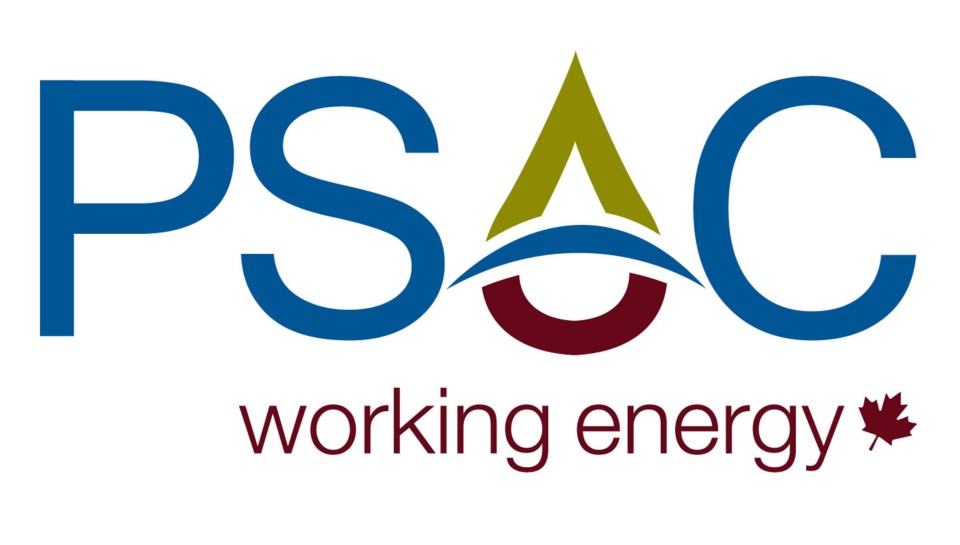In its second update to the 2021 Canadian Oilfield Services Activity Forecast, released Thursday, the Petroleum Services Association of Canada (PSAC) has revised the number of wells drilled (rig released) across Canada for 2021 to 3,600 wells.
This is an increase of 250 wells over PSAC’s January 2021 forecast of 3,350 wells.
The updated forecast is based on a stronger commodity price outlook for 2021 with PSAC now expecting the West Texas Intermediate (WTI) crude oil price to average US$58/barrel for 2021, natural gas prices of C$2.75 per thousand cubic feet (AECO) and the Canadian dollar slightly stronger, averaging US$0.80.
PSAC interim president & CEO Elizabeth Aquin commented: "Global demand for oil is expected to recover and grow with the ramp-up in vaccinations despite harsh restrictions to counter the third wave of COVID-19 currently wreaking havoc on several key markets around the globe.
“According to Platts Analytics, oil demand is expected to reach 102.6 million b/d (barrels per day) by the fourth quarter of this year, the highest since Q4 2019 when it averaged 103.9 million b/d.
"With price support from OPEC and demand recovering, commodity prices for oil have also rebounded. While we are seeing some increased activity, exploration and production (E&P) companies are using their improved cash flow to strengthen balance sheets, pay down debt, issue dividends, and bolster reserves and production through M&A activity over re-investment in new production.
“Between 2011 and 2016, after-tax cash flow reinvestment averaged 140 per cent but over the past four years (2017 through 2020) this ratio fell to an average of 83 per cent, and is forecasted to plunge to a mere 35 per cent for this year. This dearth of investment combined with demand growth trending up and storage levels trending down, could portend an upswing in activity."
Activity levels in the first half of 2021 are expected to account for only 45 per cent of the year’s total versus 64 per cent last year before the full impact of pipeline blockades, project cancellations, oil price war and COVID-19 was felt. Although 2021 rig release count for the first quarter trailed first quarter 2020 by over 30 per cent, PSAC expects that drilling from April to December will be almost double that for the same nine-month period in 2020.
The majority of drilling this year is expected to be focused on oil, with 67 per cent of total wells, gas with 29 per cent, and the balance being service wells.
"Maintenance, repair, and operations (MRO) and turnaround activity is growing over that seen last year and helping to keep oilfield services (OFS) companies working,” Aquin said. “Also helpful is the increased work from the $1.72 billion in federal funding that aligned with PSAC’s advocacy, for activities to decommission and close well sites, facilities, and pipelines. Work under these programs in the three western provinces is underway, helping to retain jobs and provide some revenue for OFS companies while drilling and completion activity levels are down."
On a provincial basis for 2021, PSAC estimates 1,920 wells to be drilled in Alberta and 1,125 wells for Saskatchewan, representing year-over-year increases of 482 and 48 wells, respectively. At 90 wells, drilling activity in Manitoba is expected to increase modestly from 83 wells in 2020, whilst activity in British Columbia is projected to increase from 367 wells in 2020 to 450 wells in 2021.
At 15 wells for 2021, activity in Eastern Canada is expected to decrease nominally from its 2020 figure of 16 wells.
Despite the expected demand growth for oil and positive outlook for natural gas, headwinds continue with rising climate goals and emissions reductions targets of the federal government that will impact costs and capital investment decisions in Canada.
Rising inflation is another factor that is already impacting costs of the OFS sector that will undoubtedly affect the economics and decisions of future activity.
"On the bright side for OFS companies, developing new technology and innovating is their forte and how they compete for business. They will continue to improve ESG performance outcomes, reduce environment impacts, and increase efficiencies. As well, government strategies that include blue hydrogen from natural gas bode well for increased OFS activity and OFS services are also well positioned to provide technology, expertise, and products for the development of helium and geothermal," said Aquin.




